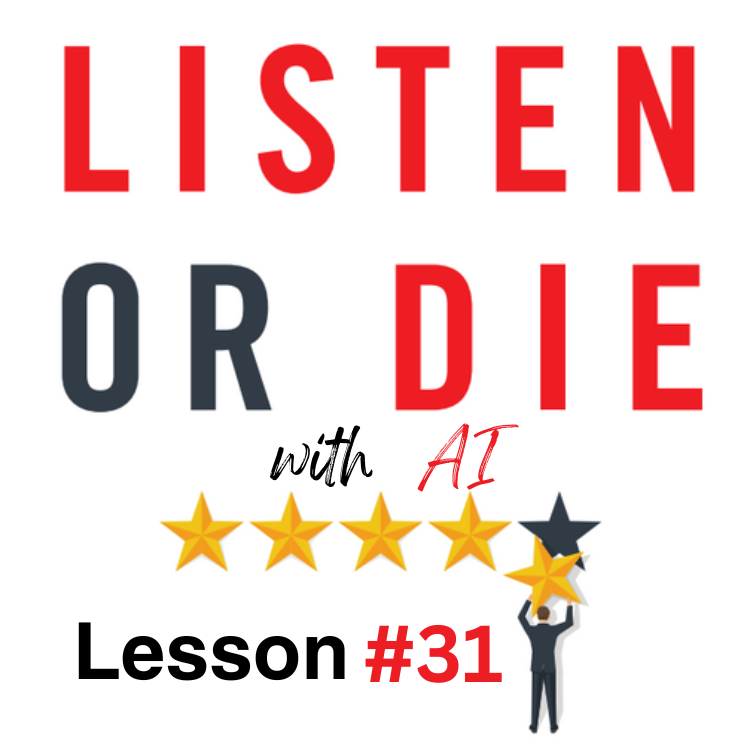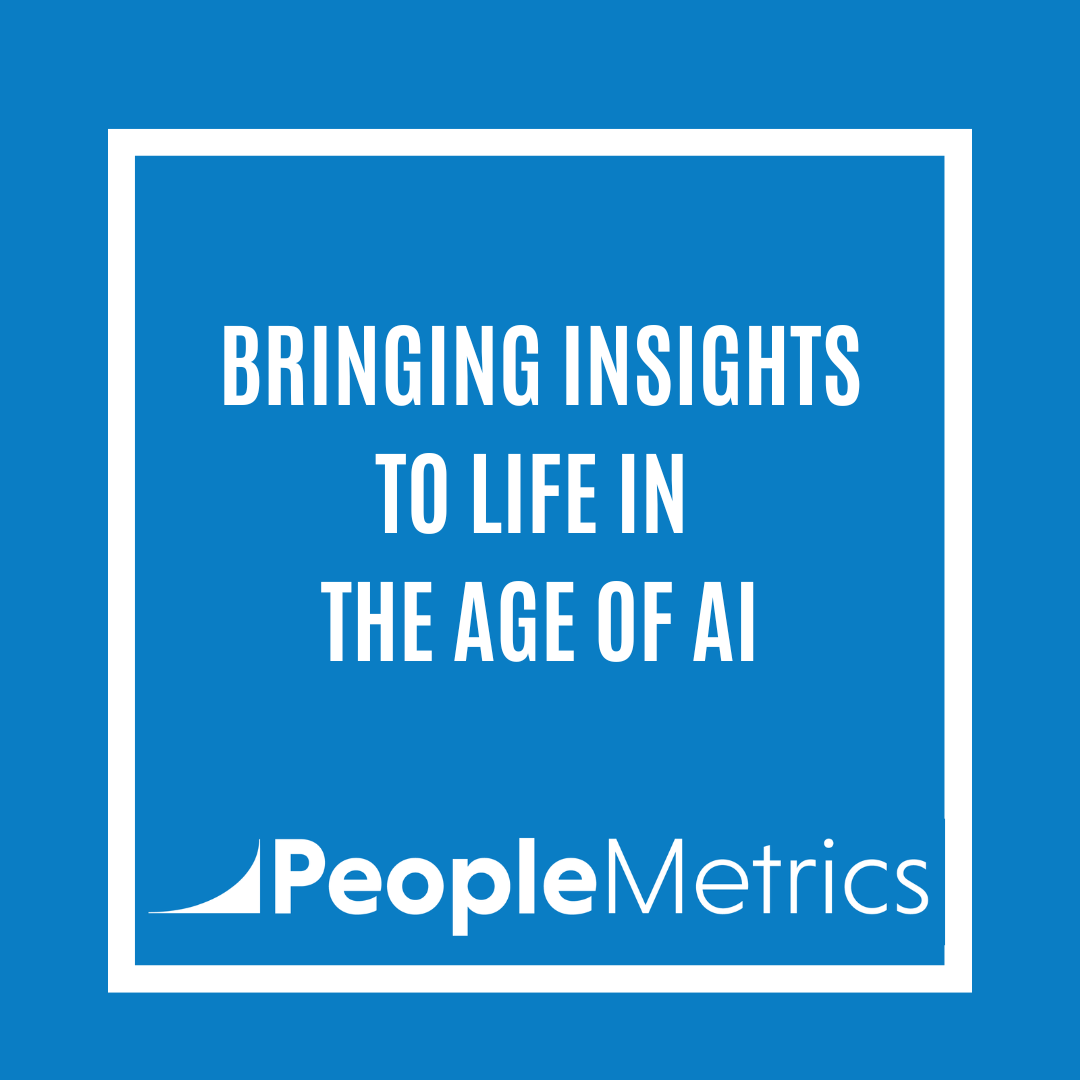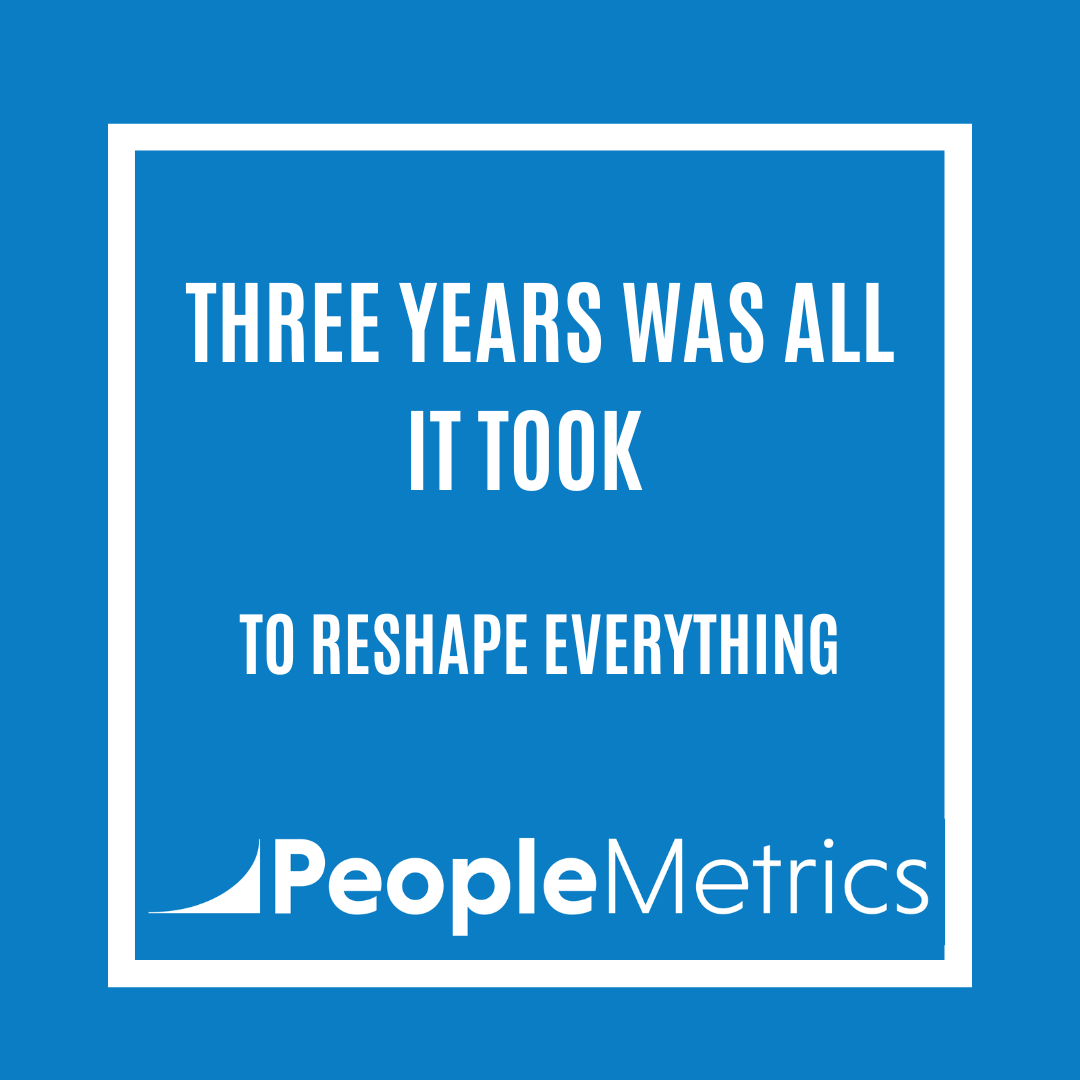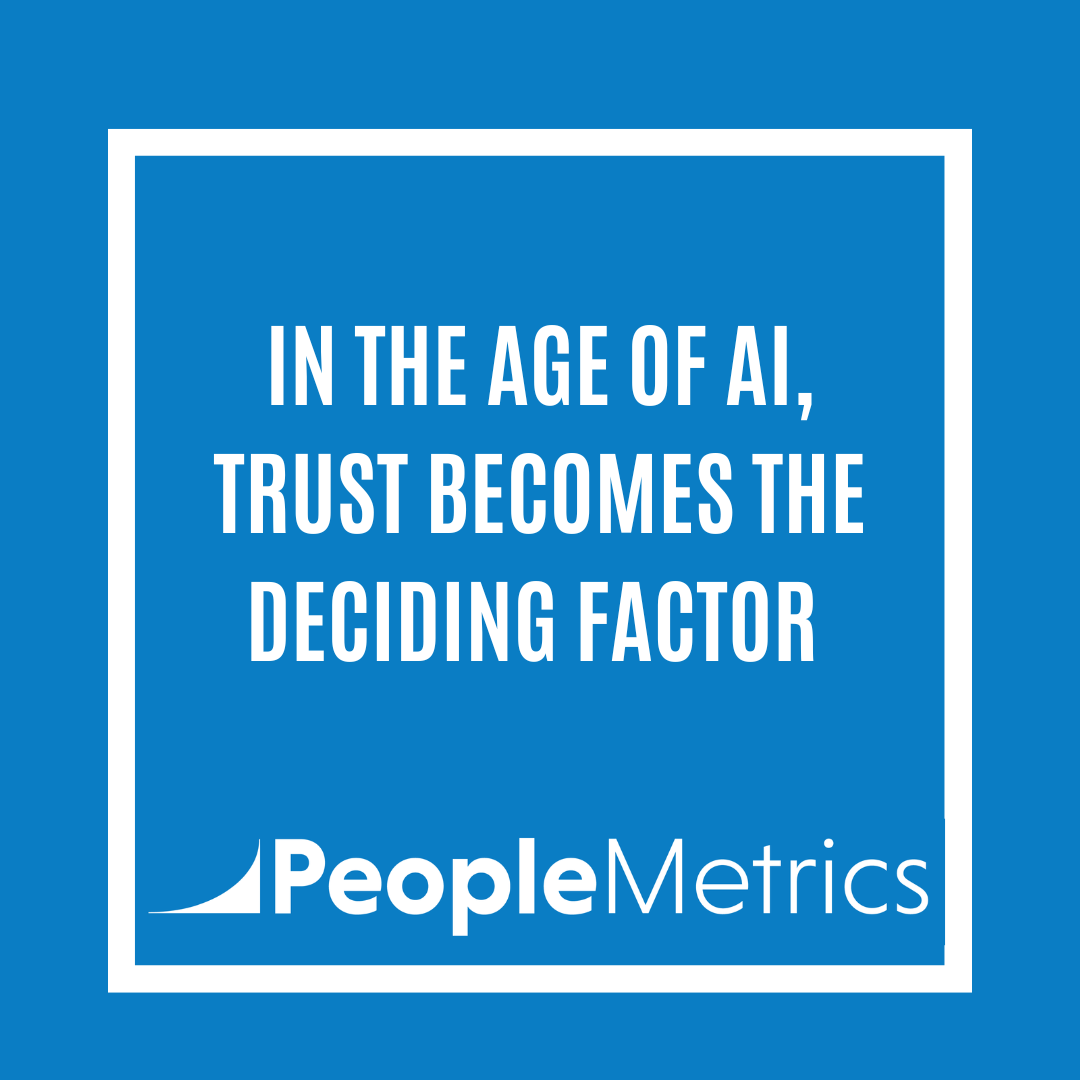There’s a certain kind of VoC ROI that’s immediate—you close the loop on a bad experience, follow up with the customer, maybe save the relationship, maybe turn a detractor into a promoter.
That’s great. That’s meaningful.
But there’s another level of ROI that comes from solving not just the one issue, but all issues like it going forward.
That’s where root cause analysis (RCA) comes in—and in my view, it’s one of the most powerful, yet underused, parts of a VoC program.
It's not flashy, it's not fun, but it absolutely moves the needle.
And while AI might make this process slightly more manageable, it hasn't replaced the hard work required to make RCA effective.
What RCA Actually Does
RCA forces you to step back and look at patterns.
Instead of thinking, “Wow, that customer was upset because of a dirty room,” RCA asks, “How many customers are saying this? Is this happening at one property? One floor? One time of day? Is this a systemic issue?”
When you do this at scale—and with discipline—you can solve problems that are affecting large swaths of your customer base.
That’s when VoC becomes transformative!
So Where Does AI Fit In?
I’ll be honest—this is another area where AI can support your efforts, but it can’t do the job for you. Here’s where AI helps:
- Text Analytics: As I have mentioned in this blog series several times, AI-powered text analytics can flag themes in open-ends across hundreds or thousands of recover alerts. It might notice that “long wait,” “check-in line,” and “front desk delay” are showing up more often than before.
- Pattern Recognition: AI can surface anomalies in alert data—say, a spike in recover alerts tied to a new product launch, a service location, or a specific time of year.
- Workflow Enforcement: Smart VoC platforms can ensure every recover alert has an RCA tag selected before it’s closed—and can automatically flag gaps in tagging over time.
But even with all of that, AI can’t read context the way a human can.
It doesn’t understand seasonal shifts, operational quirks, or the nuances of what “rude staff” means in one department versus another.
And it certainly doesn’t get your business priorities the way your team does.
The Real Work Still Belongs to You
To do RCA right, you still need to:
- Define the right root cause categories.
- Train loop-closers to tag recover alerts accurately.
- Continuously refine your categories as the business evolves.
- Hold people accountable to the process.
In short, RCA is a muscle you need to build—and maintain!
At PeopleMetrics, we help clients kick-start this process by analyzing 200+ recover alerts and building an initial set of 5 to 10 RCA tags tailored to their business.
We then embed those into the VoC software so loop-closers have to select one before an alert can be closed.
It’s simple, but powerful.
The Payoff? Systemic Change.
Once you’re up and running, RCA turns alert management into a strategic asset. Instead of just fixing isolated issues, you begin identifying systemic weaknesses. These are the things that—when fixed—have a multiplier effect across your organization.
Suddenly, your VoC program isn’t just “helping CX”—it’s driving operational improvements. You’ll have data to back it up too: trends by location, by department, by customer segment.
That’s where VoC earns its seat at the executive table.
AI or not, RCA is a must
If closing the loop helps you win the battle, root cause analysis helps you win the war.
And while AI can absolutely help streamline tagging and surface patterns, it won’t replace the need for human judgment, training, and follow-through.
RCA isn’t glamorous, but it is game-changing. Do the work.
The ROI is worth it.
Your Turn
Are you using RCA to identify systemic issues across your company? Have you used AI to help you make the RCA process more efficient? Or is AI more trouble that it is worth in this use case?





